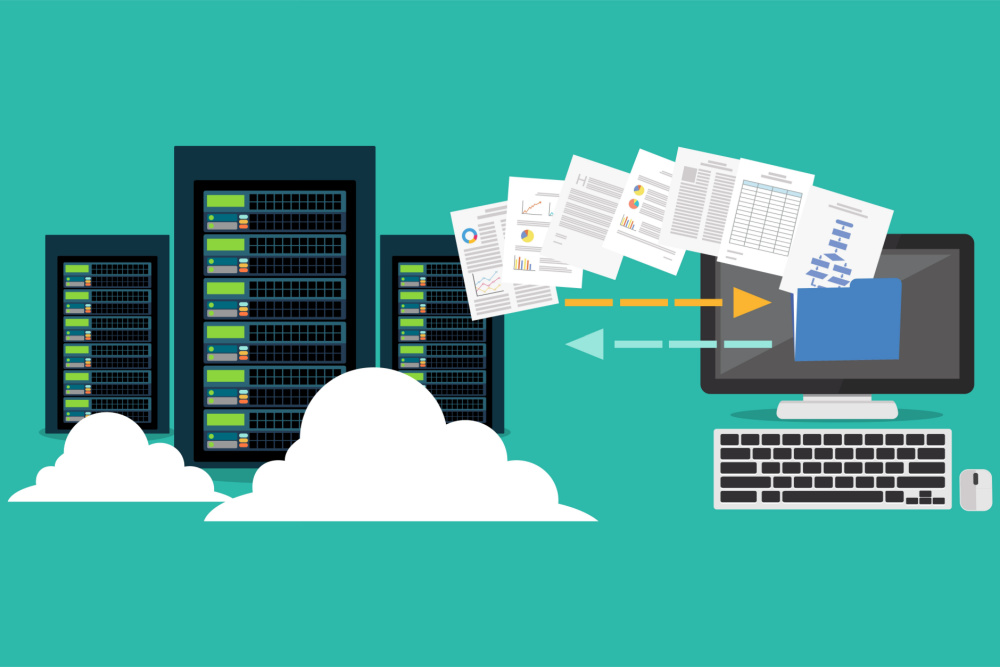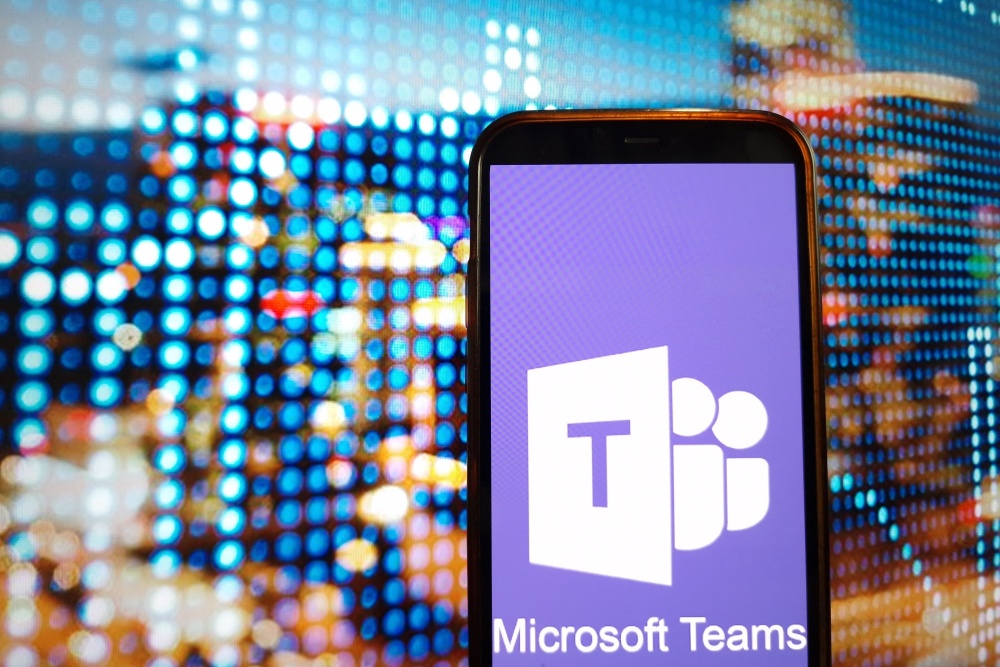Microsoft held its Inspire virtual conference last week, and there were plenty of announcements. One announcement that caught my attention was the introduction of Microsoft Backup and Archive.
Say what?
Allow me to take you on a tour. (Will we use the Wayback Machine?) The year is 2015. Microsoft’s new Office 365 service is catching hold in the market. Customers are asking me about it. They are trying to match it up with their existing email setups.
Many of these customers employ email archiving. In this case, a server sits between the organization’s email server and the Internet. The server makes a copy of each message sent or received by the organization. Customers call this “email archiving.”
So, when customers ask me if Office 365 offers archiving (or backup and restore, for that matter) I answer “no.” Why? Because Microsoft does not provide backup or archiving in a way that benefits customers.
You see, Microsoft does archive data, and does back it up and restore it as needed. And it tells customers that it does these things. But Microsoft only does archiving, or backup and restore, in support of its service availability SLA (Service Level Agreement).
So, not really.
In response to this situation, customers went to vendors in the backup and archive markets and selected services that would work for them.
Ask Your Doctor if Microsoft Backup and Archive are Right for You
Does Microsoft Backup and Archive have a place in the market? Why did Microsoft bring out these services now when plenty of other solutions exist? Should I adopt them?
Let me start by summarizing what Microsoft Backup and Archive do.
Microsoft Backup does just that. It backs up and restores your SharePoint sites, OneDrive accounts, and Exchange mailboxes. You can also search or filter the content using whatever metadata you have applied to the content.
You use Microsoft Archive to place content (sites today, individual files next year) into an archive. When this happens, you do not actually move the data. You simply mark the site as an archive, which puts the data into a lower-tier storage level. And your data stays where it is, while you save on storage costs. You do not lose any metadata because you did not move the data to some other service.
Here are the selling points for Microsoft Backup and Archive
- It is built into the Office 365/Microsoft 365 admin portal. What could be easier?
- It may cost less than your current backup and restore service.
- The services are easy to set up and provide a good solution for ransomware protection.
- You get to keep your investment in content management (data tagging, for instance), eDiscovery, automation and the like. It looks and feels like Microsoft, so you lower your cost of integrating with a different backup and restore (and archive) platform.
It is Your Choice
I believe AI drove Microsoft to offer a native backup and archive service. Microsoft has been happy for years to let a third-party backup, restore and archive ecosystem develop. And if Microsoft Backup and Archive did not offer deep integration with other backup and restore providers (via its API) or the promise of integration with AI chatbots and the like, I think Microsoft would not have brought it to market.
Here is how I would approach adoption of Microsoft Backup and Archive.
- If you do not have a backup and restore solution in place, look at Microsoft Backup and Archive. Recall that the best defense against ransomware is a sound backup and restore service. Make sure you have one. If Microsoft Backup and Archive does not fit your needs or budget, look at alternatives from Veeam, Barracuda, CommVault, Broadcom and others.
- Are you tagging your content with metadata? Do you have content management in place, or plans to put it in place? Maybe you have plans to develop information rights management policies. If any of these use cases fit, look at adopting Microsoft Backup and Archive.
- If every use case I described above is in Year 3 of your roadmap, keep your current backup and restore service. You are already getting the value you wanted. Changing to a new backup and archive service will not create a lot of new value for you.
- Are you a big SharePoint user? Do you have that big pile of content that you want to preserve, even though you do not plan on searching through it anytime soon? Look at Microsoft Archive. Everyday SharePoint storage is more expensive than it need be. So, let Microsoft Archive take care of the content and put it on a lower-priced storage tier.
Look to the Future
Microsoft Backup and Archive by itself is a three-years late solution to the backup/restore and archive problems. But, as I have said of late, Microsoft is placing some big bets on AI. If you are starting to consider how you can use AI to improve your operation, then Microsoft Backup and Archive might be a foundational move for you to make sooner, rather than later.





0 Comments